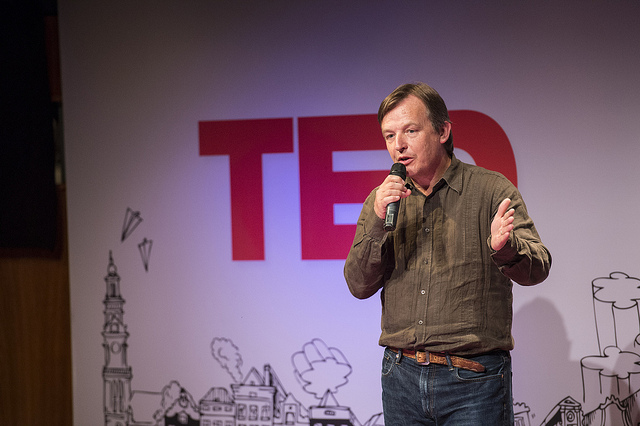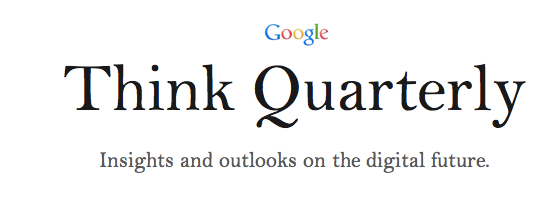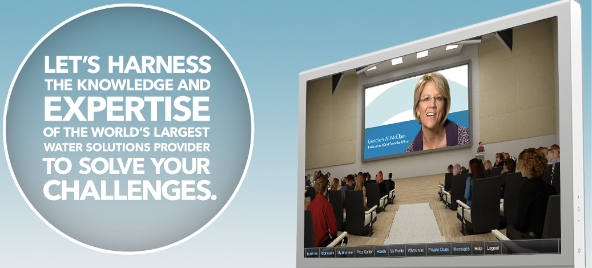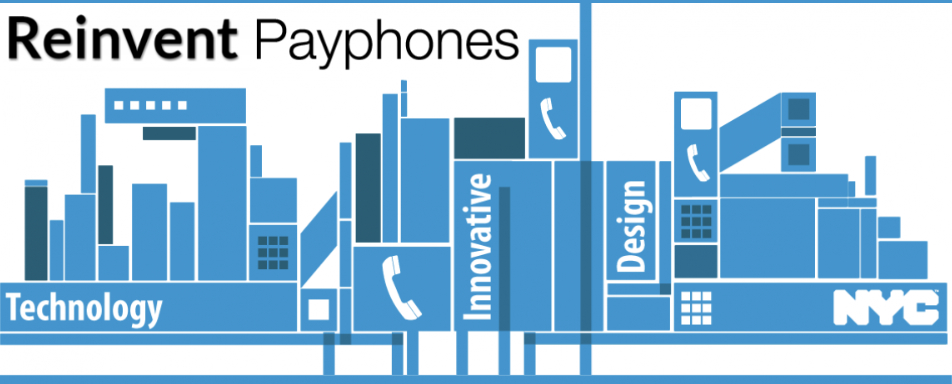
(above) TED curator and CEO, Chris Anderson addresses an eager crowd at the TED Talent Search in Amsterdam (photo credit: James Duncan Davidson)
TED continues to impress me with how they are constantly innovating to make themselves, particularly their TEDTalks interesting, accessible, and most importantly, relevant. They simply won’t let anyone forget about them. At once ubiquitous, yet growing, and evolving in new ways and markets, they won’t stoop to regular advertising; rather they have expanded viewership through developing new packaging, forging strong partnerships, relying on their high quality product (or TEDTalks) and a constant innovation engine that revs hard to keep them fresh.
If you think about it, its pretty amazing what they have accomplished in the past ten years!!
(Need something to contrast it to?? Try TEDMED, a sister conference created by the same parent and sold at the same time that TED was, but to a different group of people. Never heard of them?? You aren’t the only one…)
Somewhere around circa 2001, TED was sold by Founder Richard Saul Wurman to British Publishing genius Chris Anderson (or atleast his non-profit called the Sapling Foundation), and from there its growth finally became more publicly visible. Since then, we’ve seen all kinds of things develop from the new group – first changing the way conferences are done by delivering consistent, high quality user experiences in a specific format. The content was filmed, packaged and published online at TED.com, a website that in and of itself keeps evolving to be better and better, and is the real heart of the organization (and some might argue, the real engine behind its success).
Offshoots soon developed over time, each of which has had their own set of iterations…like (not in order) the TEDBookClub, TEDBooks, the TEDPrize (which has also had a few iterations), the TEDFellows program, and TEDx…all of this, while they expanded to have another permanent regular TEDGlobal Conference, and the rare move to the Developing World, first to TEDAfrica in 2007 and TEDIndia in 2009. Themed mini-conferences began as well – TEDYouth and TEDWomen, which quickly were embraced and adopted by the TEDx movement.
And then to reach an even greater audience, TED.com started their Open Translation Project, that brought greater international involvement, and made the talks relevant to increasing masses of people from outside the English speaking world.
Soon we could see online curated bits all over the place — on TV, and even on Netflix. And they even remade their content to be teacher-friendly, so that a whole new demographic could start viewing and learning from TEDTalks — children — in a new initiative called TED-ED.
Most recently, TED has paired up with the Huffington Post to create curated weekend content called TEDWeekends. The talks are still the same, but the hope is to reach an even greater audience through a different packaging mechanism. Similar to the Netflix TED packs, TEDWeekends features several TEDtalks under a single enticing topic, with a narrative running through it that ties them together. Its just a new way to increase viewership. Viewership on the talks keep increasing; their twitter and blog followers also keep going up.
Their outreach team is brilliant! Even as TEDx has (some might argue) washed down the TED brand, you can’t seem to get away from them. Check out the various TED products and keep your eye on the organization. They are definitely a model for organizations struggling to stay relevant and fresh.










